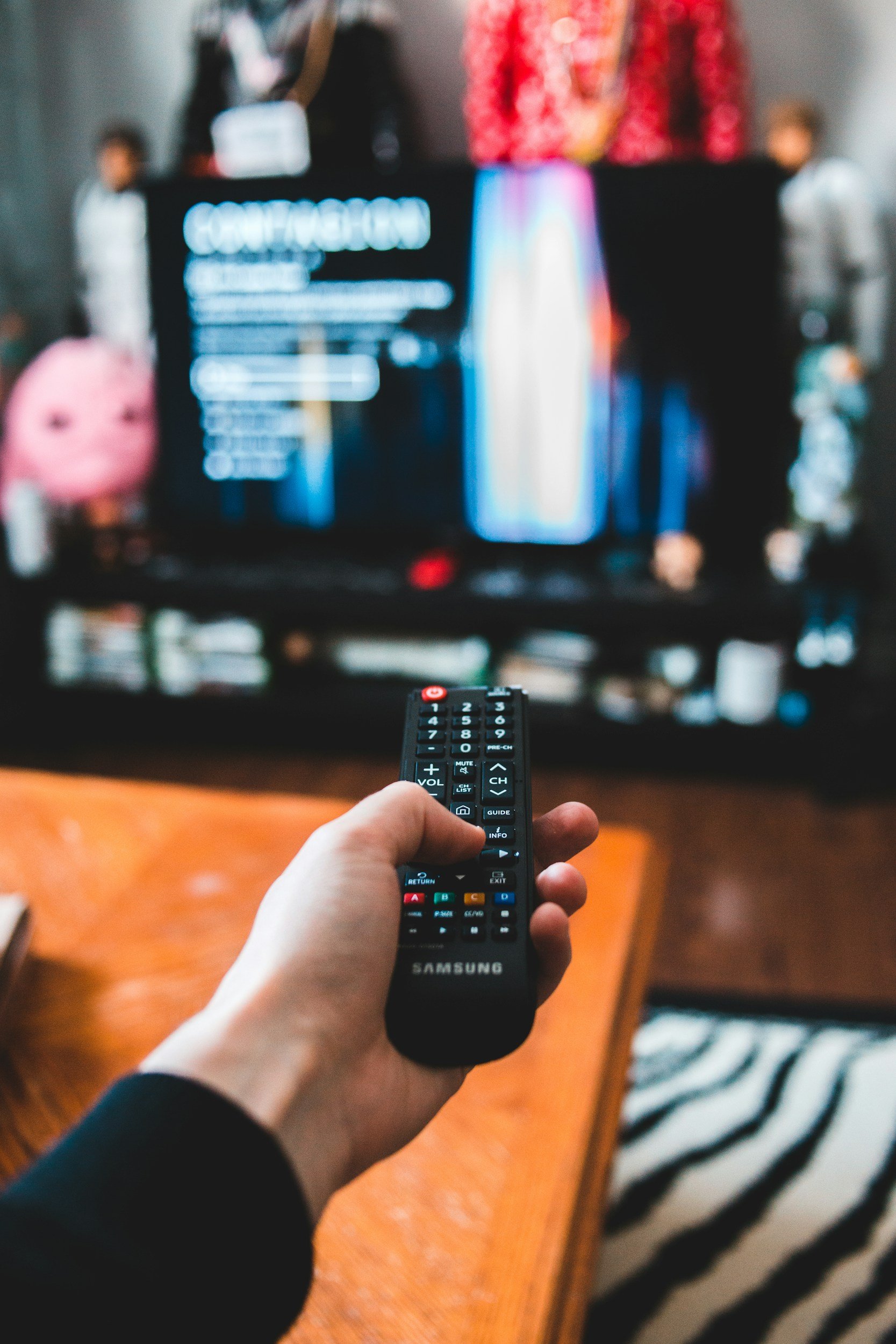Mood Management Theory: An Exploration of Media, Emotion, and Self-Regulation
Mood Management Theory (MMT) is a psychological framework that explains how individuals use media consumption as a tool to regulate their emotions and maintain an optimal mood state. Developed by Dolf Zillmann in the 1980s, this theory suggests that people select media content based on their affective states, seeking to enhance positive emotions or alleviate negative ones. This article aims to answer the question of what is Mood Management Theory by exploring the core principles of Mood Management Theory, its implications in media consumption, supporting empirical research, and its relevance in contemporary digital landscapes.
Understanding Mood Management Theory
Mood Management Theory is rooted in hedonistic psychology, which posits that humans are motivated to maximize pleasure and minimize discomfort. According to Zillmann, individuals subconsciously select media that can help them regulate their emotional states. This selection process is influenced by several factors, including excitatory potential, absorption potential, semantic affinity, and hedonic valence.
Excitatory Potential: Media varies in its ability to alter physiological arousal levels. For instance, high-energy music or action-packed films can increase excitement, while slow-paced or relaxing content can reduce stress.
Absorption Potential: Certain media forms have a strong capacity to distract individuals from their current mood. Engaging narratives or immersive experiences can effectively divert attention from negative emotions.
Semantic Affinity: This refers to the degree of similarity between the media content and an individual’s current emotional state. When people are experiencing sadness, they may avoid sad films with high semantic affinity, as it may reinforce their negative emotions.
Hedonic Valence: Media is categorized as positive (pleasant) or negative (unpleasant). People in negative moods tend to select uplifting or humorous content to elevate their mood.
Empirical Evidence Supporting MMT
A wealth of research supports the premises of Mood Management Theory. Studies have shown that individuals deliberately use entertainment media to regulate their emotions. For example, research conducted by Knobloch and Zillmann (2002) found that individuals in negative moods often gravitated toward uplifting music to improve their affective state. Similarly, Bryant and Zillmann (1984) demonstrated that people experiencing stress tend to choose relaxing content over highly stimulating material.
Moreover, gender differences have been observed in mood management behaviours. Men are more likely to choose action-oriented or humorous content to distract themselves from negative emotions, while women often prefer emotionally expressive content that allows them to process their feelings.
Applications in Contemporary Media Consumption
With the rise of digital media, social platforms, and streaming services, the applications of Mood Management Theory have become more pronounced. Algorithms on platforms like YouTube, Netflix, and Spotify curate content recommendations based on user preferences, indirectly facilitating mood regulation. Additionally, social media engagement can serve as a mood management tool, where individuals seek validation, social connection, or distraction from stress.
Video games also offer an interactive form of mood management. Games with immersive storytelling or high-energy gameplay provide escapism and emotion regulation for players. Similarly, the advent of short-form content on platforms like TikTok has created quick, easily accessible avenues for users to enhance their moods in a matter of seconds.
Mood Management Theory Examples
Mood Management Theory is reflected in various real-life scenarios where individuals deliberately select media to influence their emotions. Here are some key examples:
1. Using Music to Enhance or Change Mood
A person feeling stressed after work listens to calm, instrumental music to relax.
Someone going through a breakup chooses melancholic songs that resonate with their emotions, seeking comfort through music.
An athlete preparing for competition plays high-energy music to boost motivation and confidence.
2. Watching TV Shows and Movies for Emotional Regulation
A stressed college student watches a light-hearted sitcom to distract themselves and improve their mood.
Someone feeling lonely may choose a romantic drama to vicariously experience emotional connection.
Horror movie fans might seek out scary films to experience controlled fear, leading to an adrenaline rush and excitement.
3. Gaming as a Form of Escape and Emotion Control
A gamer feeling frustrated after a tough day plays an action game to release stress.
Players of simulation games (e.g., The Sims, Animal Crossing) use them as a way to create a peaceful, controlled environment for relaxation.
4. Social Media and Digital Content for Mood Regulation
A person feeling down scrolls through humorous TikToks or memes to uplift their mood.
Someone experiencing anxiety watches ASMR videos for calming effects.
A person dealing with sadness seeks out online support groups or inspirational content for emotional reassurance.
These examples illustrate how media consumption is often intentional and influenced by emotional needs, reinforcing Mood Management Theory’s role in everyday life.
Criticisms and Limitations
Despite its explanatory power, Mood Management Theory is not without criticism. One major limitation is its assumption that media selection is purely hedonistic. Some individuals, rather than avoiding distressing content, may deliberately seek it out for catharsis or validation of their emotions. Additionally, MMT does not fully account for habitual media consumption, where users may engage with certain content out of habit rather than mood-regulating intent.
Another concern is the role of media addiction and maladaptive coping. While MMT explains how media can be used for emotional regulation, excessive reliance on media for mood management can lead to problematic behaviours, such as social media addiction or binge-watching, which might ultimately have negative psychological consequences.
Simply Put
Mood Management Theory remains a crucial framework for understanding how and why people consume media in response to their emotional states. It provides valuable insights into media selection, emotional self-regulation, and the psychological effects of entertainment. As digital media continues to evolve, new applications and modifications to the theory may emerge, offering further understanding of the complex relationship between emotions and media consumption. Future research should explore the intersection of Mood Management Theory with emerging media technologies, such as virtual reality and artificial intelligence, to better comprehend how individuals navigate their affective experiences in an increasingly digital world.










